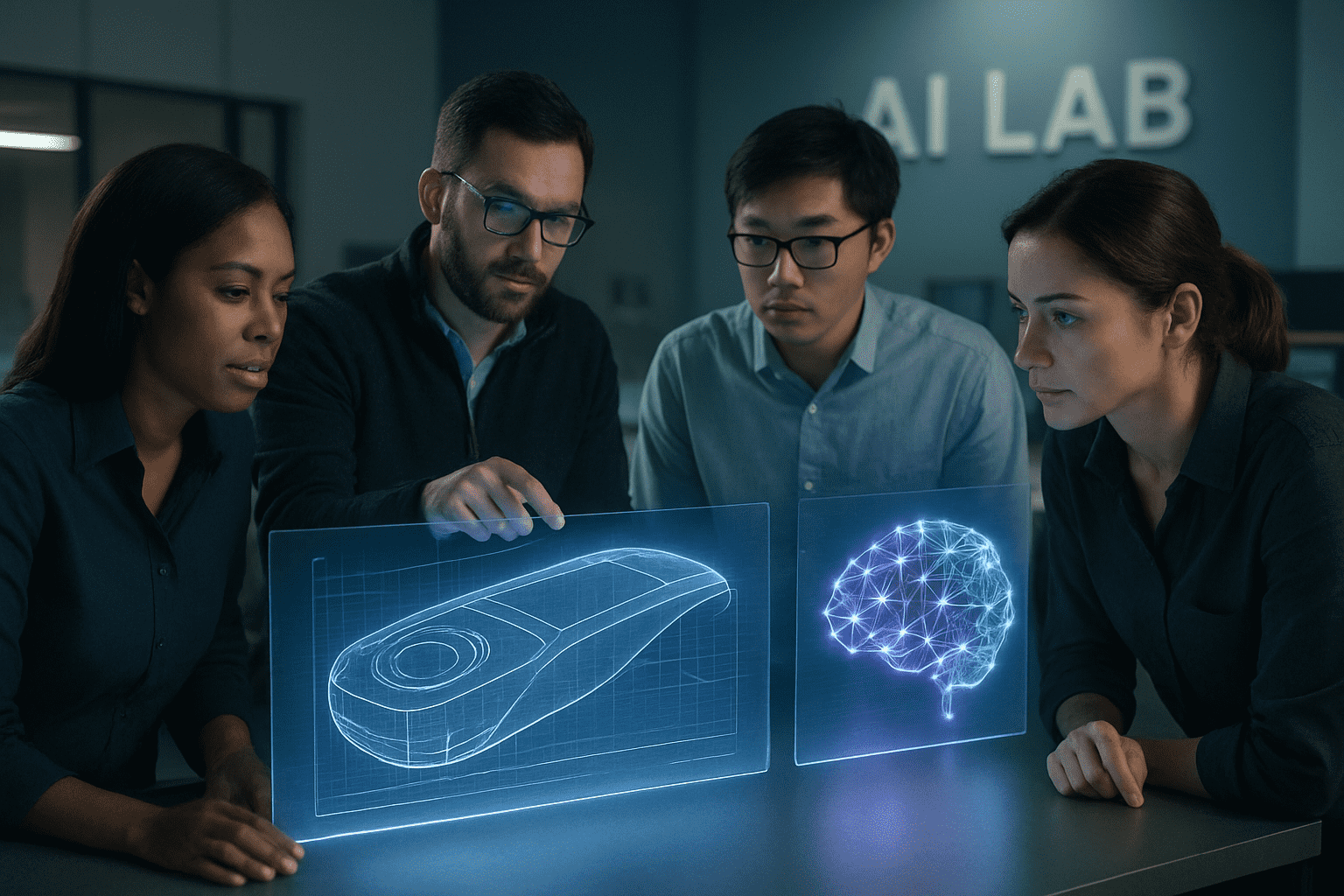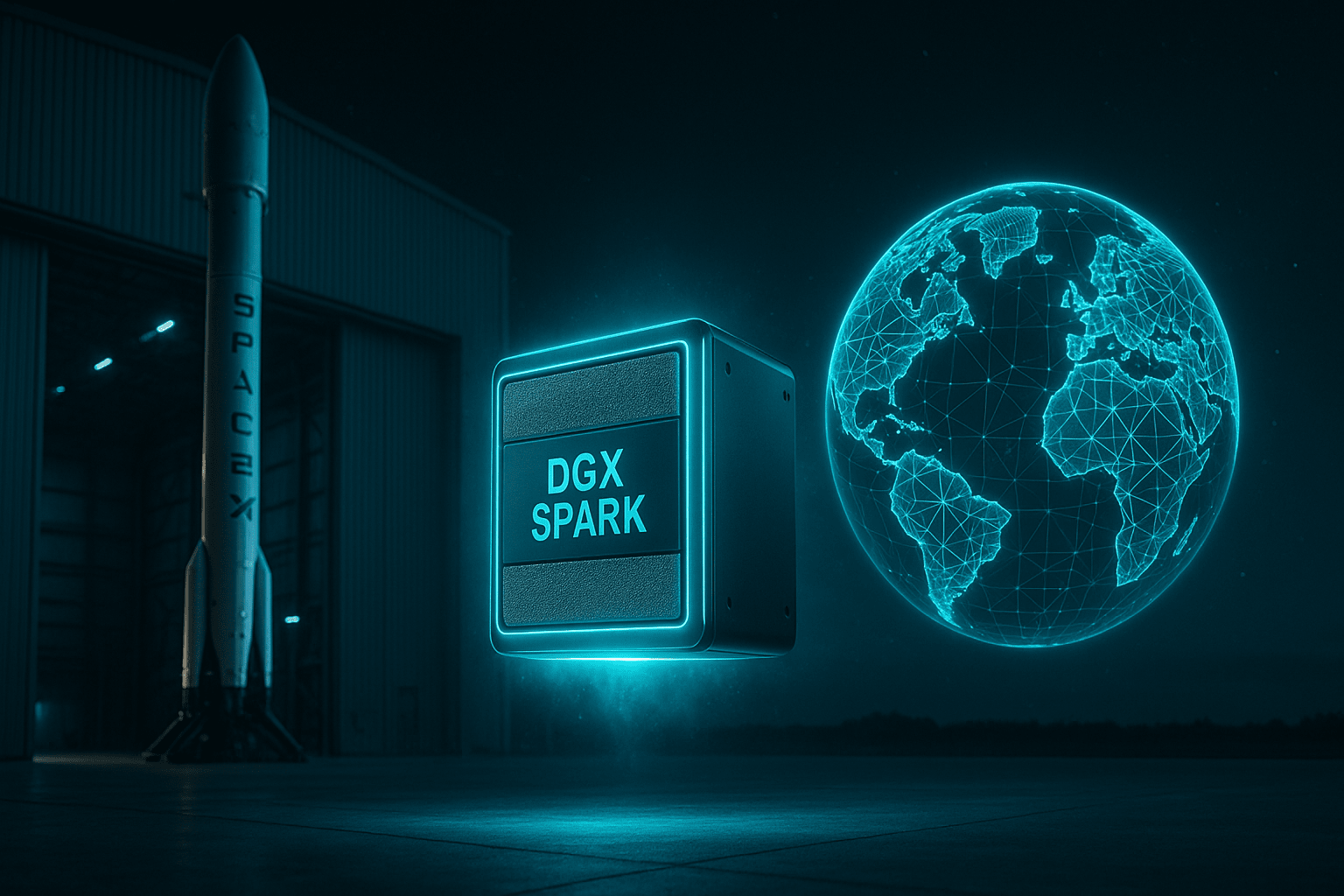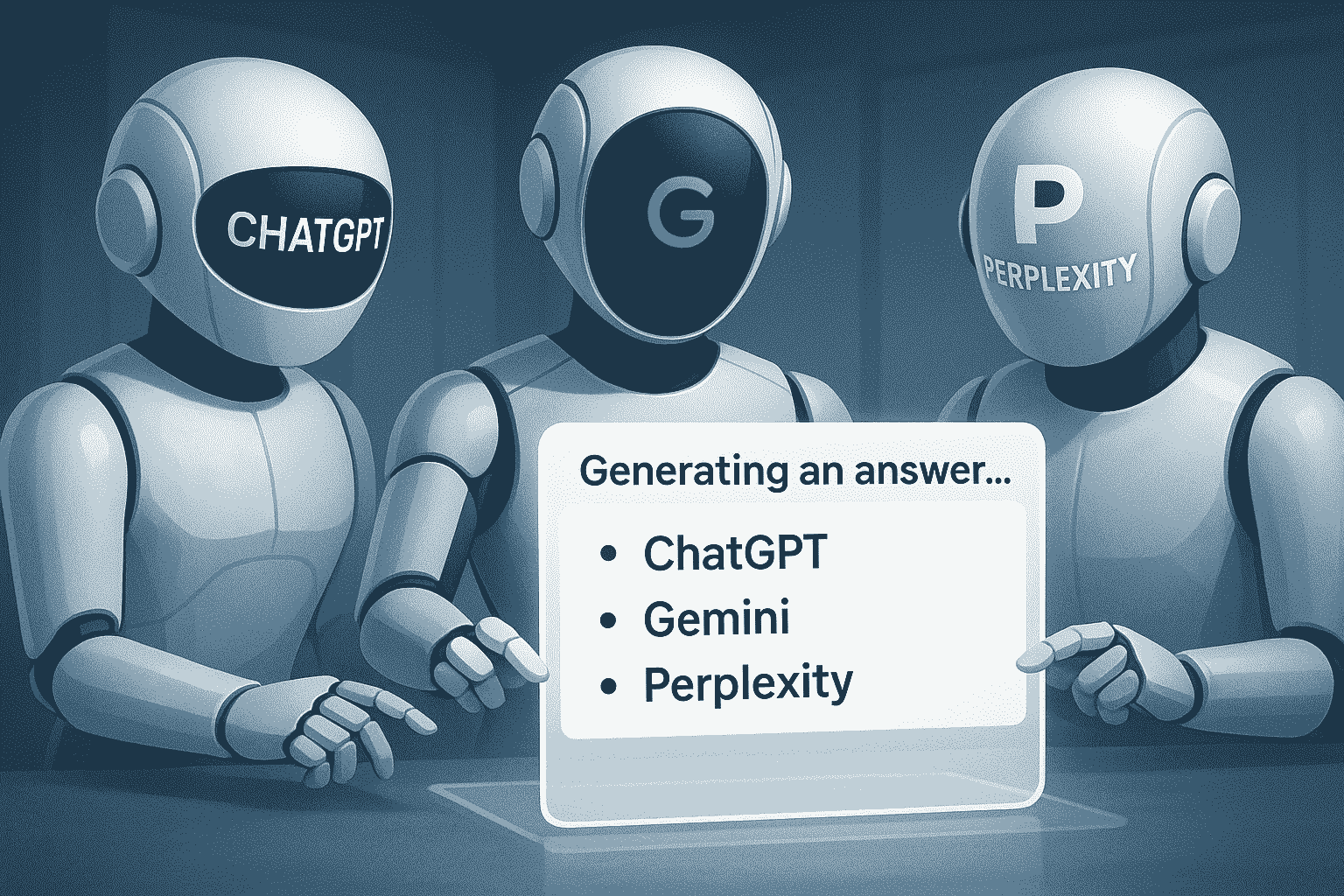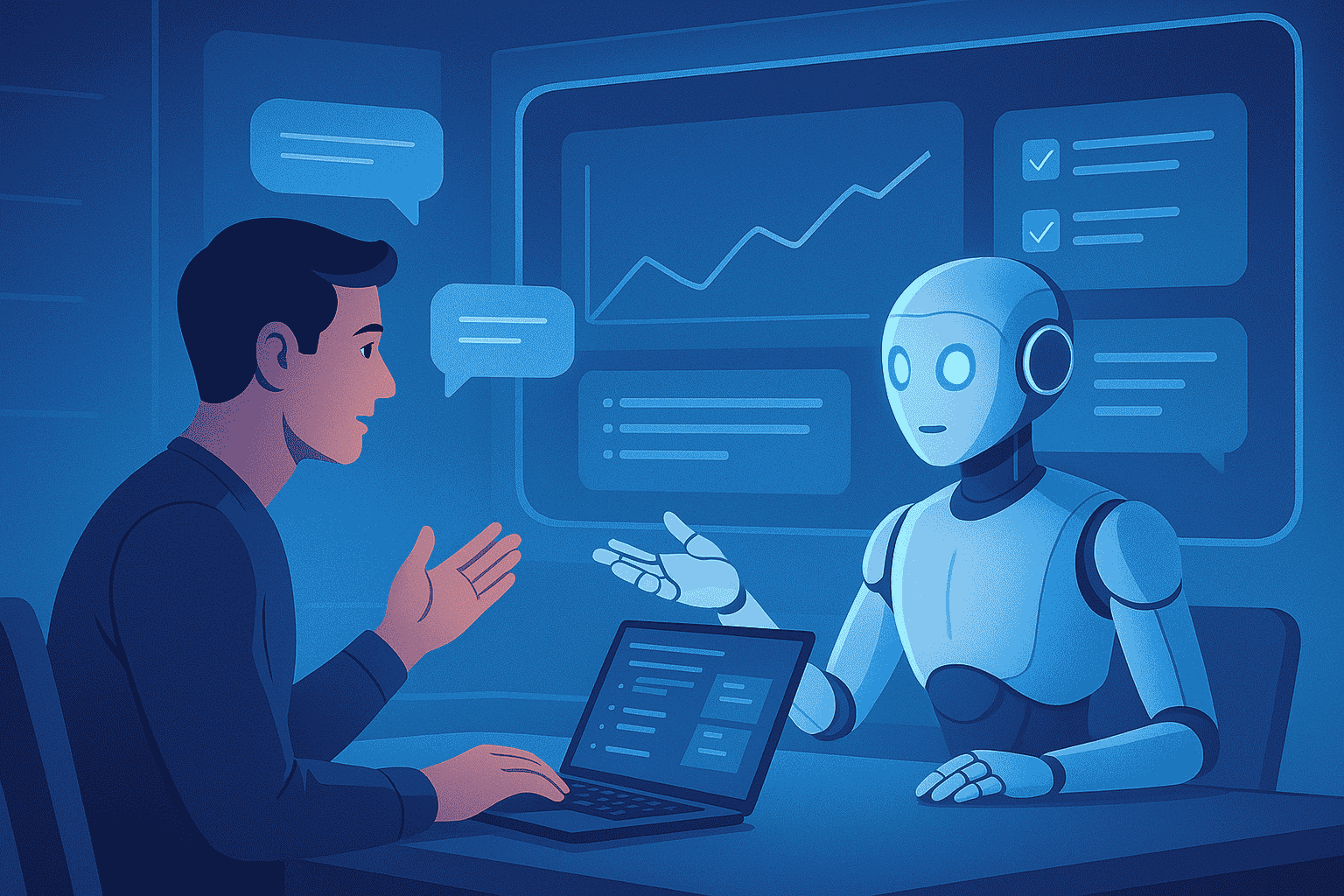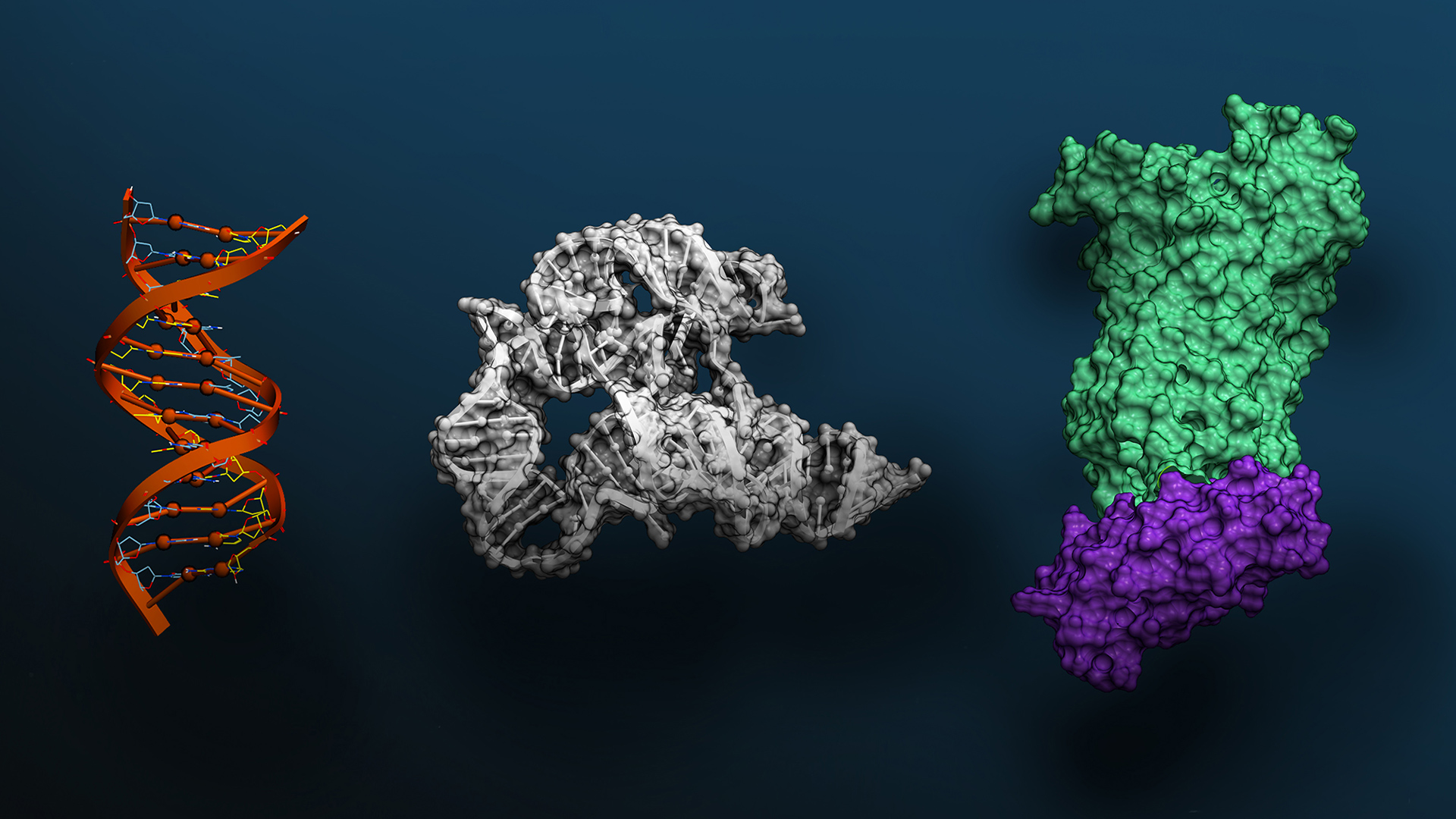The AI Gold Rush of 2025
We’re living in a time when every industry — from retail to healthcare — is asking the same question:
“How can we build an AI product that actually works?”
The truth is, having an idea for an AI solution is easy.
Turning that idea into a market-ready, scalable, and revenue-generating product is where 95 % of startups and enterprises stumble.
At NiDA AI, we’ve helped dozens of founders and organizations bridge this gap — transforming loose concepts into production-ready AI systems. In this blog, we’ll walk you step-by-step through how to bring your AI vision to life in 2025.
Step 1: Start With a Problem — Not a Model
Every successful AI product begins with a problem worth solving, not a dataset or algorithm.
Ask yourself:
-
What’s the recurring pain point that data can solve?
-
How does solving this create measurable business value?
For example, “automating invoice processing” is better than “building an OCR model.” The former defines a business outcome; the latter is just a technique.
“Ideation & Problem Discovery”
Step 2: Validate the Idea With Data Reality
AI runs on data, but not all ideas have data behind them.
Before building anything, perform data validation:
-
Do you have access to the right volume and quality of data?
-
Is the data labeled, balanced, and compliant?
-
Are there privacy constraints (GDPR, HIPAA, etc.)?
This early check saves months of rework. At NiDA AI, we use data profiling pipelines to simulate model feasibility before training begins.
“Data Validation”
Step 3: Prototype With Purpose — Build the MVP
Once your idea and data are validated, build a Minimum Viable Product (MVP) — but do it strategically.
Your MVP should prove value, not perfection.
A well-designed AI MVP should:
-
Run with a smaller dataset or synthetic data.
-
Demonstrate one core capability (e.g., detection, prediction, or generation).
-
Be testable by real users or domain experts.
NiDA AI often builds rapid prototypes using Amazon Bedrock, LangChain, or PyTorch Lightning, depending on complexity.
“AI MVP Development”
Step 4: Build Scalable Architecture Early
An MVP without architecture is like a house without a foundation.
Your AI product should be designed with scalability in mind from day one.
Focus on:
-
Modular pipelines (data → model → API → UI)
-
Cloud orchestration (AWS, Azure, GCP)
-
Model monitoring and versioning
-
Continuous integration & deployment (MLOps)
At NiDA AI, our architecture blueprints use containerized microservices with real-time analytics dashboards, ensuring every model can evolve without downtime.
“AI Architecture Blueprint”
Step 5: Focus on Human-Centered Design
Even the smartest model fails if users don’t trust or understand it.
This is where AI UX and explainability come in.
Design interfaces that:
-
Explain outputs simply (confidence scores, visual cues).
-
Offer human-in-the-loop validation.
-
Allow transparent feedback loops.
Example: in a medical AI app, showing why an image was flagged builds trust with clinicians — that’s product success, not just accuracy.
“AI User Experience"
Step 6: Test, Iterate, and Stress It Before Launch
Testing is not an afterthought — it’s part of the product lifecycle.
Use multiple test lenses:
-
Performance tests (latency, scalability)
-
Bias & fairness audits
-
Security & data leakage checks
-
User acceptance testing
At NiDA AI, we simulate real-world edge cases — noisy data, unseen patterns, diverse demographics — before we call a product production-ready.
Step 7: Deploy, Monitor & Evolve Continuously
Launching is not the finish line — it’s the starting point of evolution.
After deployment, track:
-
Model drift
-
User behavior analytics
-
Retraining triggers
-
System uptime
Modern AI products are living systems. Your architecture should support continuous learning, retraining, and version rollbacks — all without user disruption.
Step 8: Align Tech With Business Model
AI products fail when the business model doesn’t match the technology.
Before scaling, define your go-to-market (GTM) model:
-
Subscription-based (AI SaaS)
-
API-as-a-Service
-
Usage-based metering
-
Enterprise licensing
For example, at NiDA AI we help clients implement AI model subscriptions — similar to AWS AI services — so users only pay for what they use.
Conclusion: From Vision to Market — Faster Than You Think
The journey from idea to AI product isn’t magic — it’s a structured process.
By combining strategic validation, engineering discipline, and human-centered design, you can turn any idea into a real, profitable AI solution.
At NiDA AI, we help businesses accelerate this journey through our AI Product Acceleration Program — covering ideation, data engineering, model development, MLOps, and post-launch growth.
If you’re sitting on an AI idea, now is the time to make it real.
Ready to Build Your AI Product?
Let’s discuss your idea and map its path to market.
👉 Contact NiDA AI — Empowering Intelligence.






